Read this in — English, Svenska
This tour is not available in Deutsch
79 kr
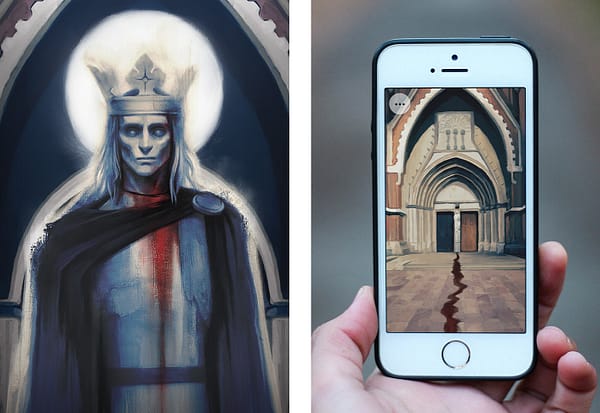
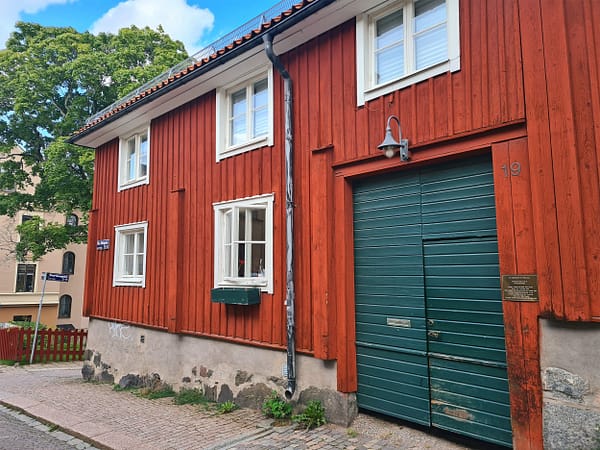


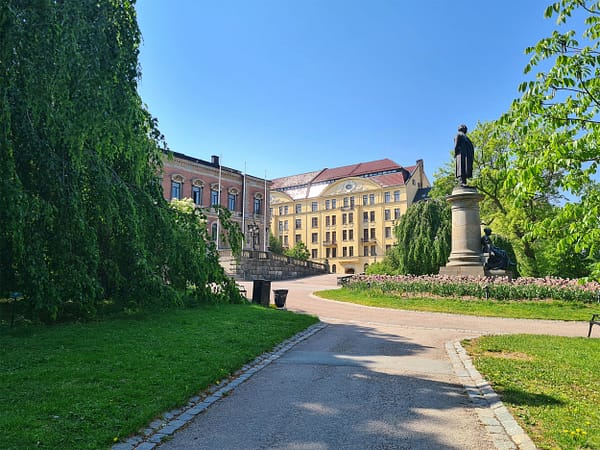
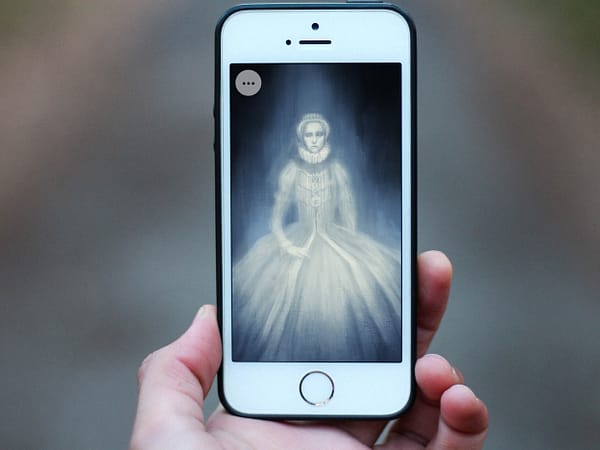

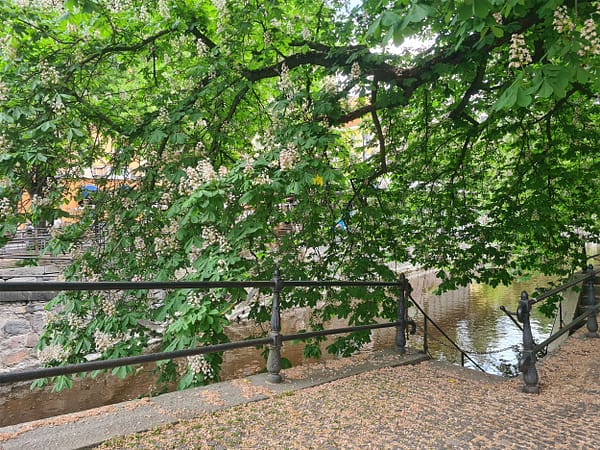
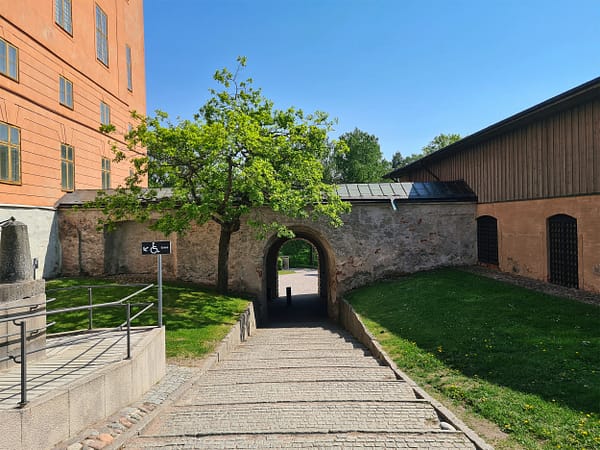



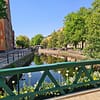


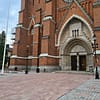


Uppsala Cathedral was built in a gothic style between 1270-1435. St:Erik’s relics are preserved and on display inside the church, as is a relic of Saint Bridget of Sweden.
The well was previously built into a simple wooden construction, but was replaced with this cast iron pump from Hälleforsnäs in Södermanland in the 1850’s.
This building has been here since 1712, but was first used as a hospital. Gillet restaurant opened here in 1811, and later expanded with a hotel. These businesses closed in 1973.
This runestone belongs to a group of eight stones found at Uppsala Cathedral. They were later restored and moved here. The stone is dedicated to Svarthövde from Söderby, from his family.
This red wooden house has been restored and believed to have been built in the late 1600’s or early 1700’s. It’s locally referred to by many as “Rackarnäbben”.
The Cathedral School is believed to have been founded in 1246. The original building was located close to the cathedral, and was intended to educate priests. It moved here in 1869.
Mathilde Wigert-Österlund’s grave is located in the row behind this one. She was born in 1873, studied at the art academy and held exhibitions in England, Denmark and Argentina.
The Carolina library was inaugurated in 1841. You can find some of Mozart’s sheet music and Sir Isaac Newton’s first edition of Philosophiae Naturalis Principia Mathematica here.
The Gunilla bell was cast in 1588 and gifted to the Uppsala castle church by Queen Gunilla. After the great city fire of 1702, the bell was used to indicate city curfews and alarms.
This vault, locally referred to as the Sture vault, marks the entrance to the Vasa castle museum, and the oldest preserved parts of the Uppsala castle.
Human bones were found here in 2001, when this walking path underwent repairs. This resulted in an archaeological dig, which concluded that this was the site of a 1520 mass grave.
There was a bridge here already in medieval times, as a bridge was mentioned in writing for the first time in 1286. The current bridge, previously named Malin’s bridge, was built in 1862.